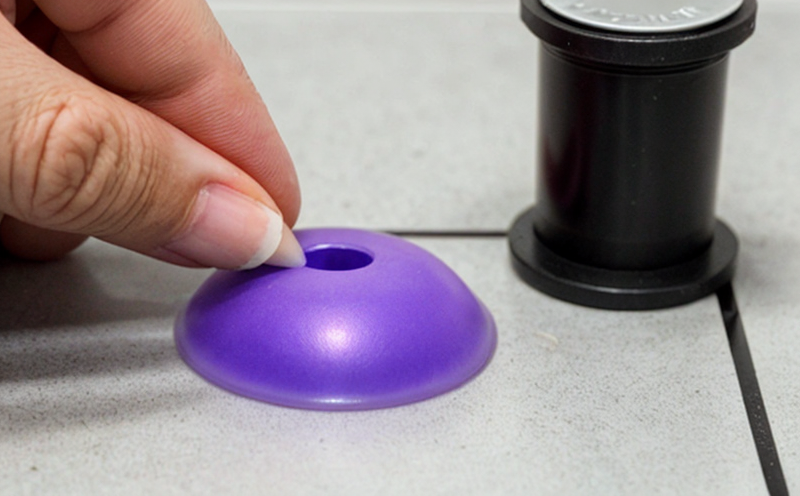ASTM D3663 BET Nitrogen Adsorption for Surface Area Measurement
The ASTM D3663 standard, known as the Brunauer–Emmett–Teller (BET) method using nitrogen adsorption, is a widely recognized technique in nanomaterials testing. This methodology provides an accurate and reproducible means of determining the specific surface area of nanoparticle samples. The BET theory relies on the multilayer adsorption of gas molecules—specifically nitrogen—at the surface of materials under low-pressure conditions.
For nanostructured materials, such as carbon nanotubes (CNTs), graphene, metal nanoparticles, and other advanced nanomaterials, measuring surface area is crucial for understanding their behavior in various applications. Surface area plays a critical role in determining the reactivity, catalytic efficiency, and dispersion stability of these materials.
The BET method utilizes nitrogen gas as it has well-defined adsorption properties at low pressures. The process involves exposing the sample to nitrogen gas under controlled temperature conditions (typically around 77 K) and measuring the amount of gas absorbed into the material's pores. This measurement is then used in conjunction with the BET equation to calculate the surface area.
The primary advantage of this method lies in its ability to provide precise measurements even for materials with very small pore sizes, which are common in nanomaterials. The technique can also be adapted for different types of gases and temperatures, allowing for flexibility in sample analysis. This adaptability is particularly important when dealing with complex nanostructures that may have varying pore size distributions.
Sample preparation involves careful handling to ensure the integrity of the material's surface area. Common procedures include drying at elevated temperatures (e.g., 105°C) and cleaning with solvents or gases to remove contaminants before analysis. The sample must be characterized by other means, such as scanning electron microscopy (SEM), transmission electron microscopy (TEM), or X-ray diffraction (XRD), to confirm its identity and structure.
The BET method is typically performed using specialized instruments like the Micromeritics Gemini II or Quantachrome Instruments. These devices provide automated data collection and analysis, which are essential for maintaining consistent results across multiple samples. The software accompanying these systems allows users to input various parameters such as sample mass, temperature range, and nitrogen pressure.
The resulting data is presented in the form of a Langmuir isotherm plot, where the x-axis represents the relative pressure (P/P0) and the y-axis shows the specific surface area (S). From this plot, the BET equation can be applied to calculate the surface area. It's important to note that while the BET method provides excellent accuracy for most materials, it may not always work well with porous materials having a very high or low porosity.
In terms of real-world applications, ASTM D3663 is particularly useful in industries like catalysis, where understanding the surface area of catalysts can lead to improved performance and efficiency. In pharmaceutical manufacturing, this method helps ensure that drug delivery systems have the optimal surface area for effective absorption. For environmental science, it aids in assessing the reactivity of nanoparticles used in remediation processes.
Environmental and Sustainability Contributions: The accurate measurement of nanoparticle surface area through ASTM D3663 has significant implications for reducing environmental impact. By optimizing the surface area of materials like catalysts or adsorbents, industries can minimize waste generation and improve resource utilization efficiency. This leads to lower carbon footprints and reduced energy consumption throughout production cycles.
- Reduction in material usage due to optimized performance.
- Increase in recycling rates through improved sorting of nanomaterials based on surface properties.
- Promotion of sustainable manufacturing practices by enabling more efficient use of raw materials.
Competitive Advantage and Market Impact: Employing ASTM D3663 ensures compliance with international standards, enhancing a company’s reputation among customers seeking reliable quality assurance. Understanding the surface area allows for better product development decisions that can outperform competitors in terms of performance metrics like catalytic activity or adsorption capacity.
- Enhanced competitive edge by providing superior products to meet market demands.
- Potential cost savings from reduced raw material consumption and improved process efficiency.
- Better decision-making regarding R&D investments focused on high-impact technologies.





